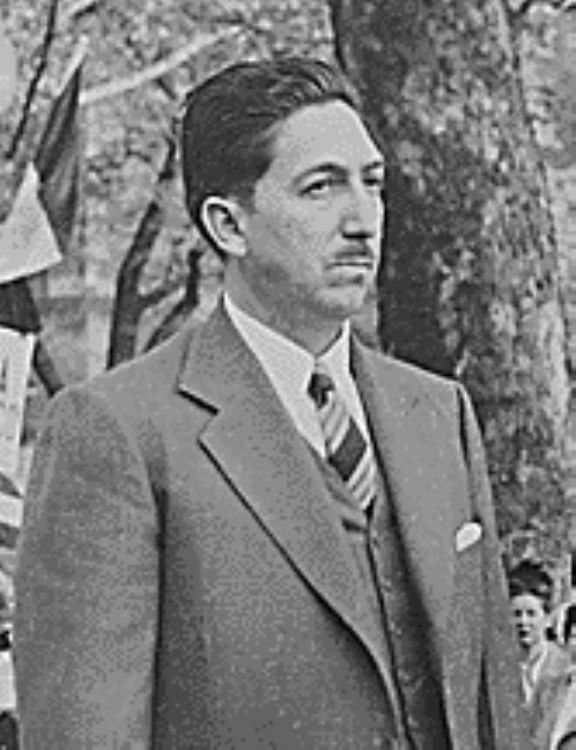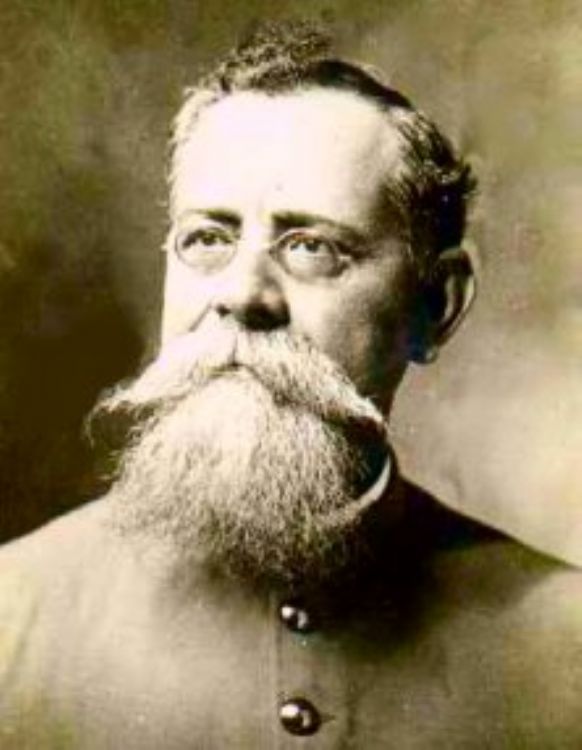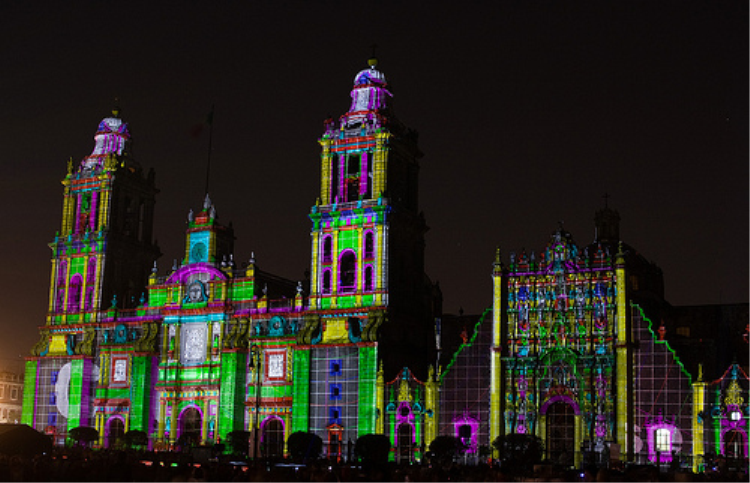Economic Models in Mexico's History

The three most representative economic models in Mexicoâs history are the following:
Imports substitution model
This model began to be applied in 1940. Because of the Second World War, the demand for Mexican goods grew and this raised employment rates. This circumstance, combined with the politics of President Avila Camacho (1941-1946) who promised to compensate former owners of Mexicoâs oil industry and stimulate foreign investments in manufacturing and commerce.
President Miguel Aleman further boosted this economic model by imposing a strong control on the imports of consumer goods and flexibility on capital goods.
Known as the era of the âMexican miracleâ for having extended its benefits to the entire population, this model was strengthened by Mexican business men. They accepted the need for an economic and social reform by promoting the expansion of national and foreign markets.
âStabilizing developmentâ model.
Applied by Gustavo Diaz Ordaz (1964-1970) and Luis Echeverria (1970-1976), this model was projected to modernize industry, increase productivity and achieve international competitiveness through the incorporation of modern technology. Echeverriaâs intentions were to reorder the constitutional mixed regime through public investment, as the key to directing the country towards growth. Also, results began to be considered on the basis of social indicators and not only on the economic.
The administration of Jose Lopez Portillo was encouraged towards a neo-populism for the countryâs financial self-determination granted by oil exports. This model developed the strategic areas of steel, chemicals, petrochemicals, fertilizers, electricity and oil at the forefront of this developmental model.
Neoliberal model.
This model, detected from 1982 to the administration of President Zedillo, pretends to reduce public expenditure, to combat inflation, generate financial stability and strengthen internal savings. National business men are in charge of reactivating and carrying out the countryâs new economic impulse. This reorientation consolidated the governmentâs position for a radical commercial opening and the establishment of an economic integration treaty with the United States and Canada.
Artículo Producido por el Equipo Editorial Explorando México.
Copyright Explorando México, todos los Derechos Reservados.






